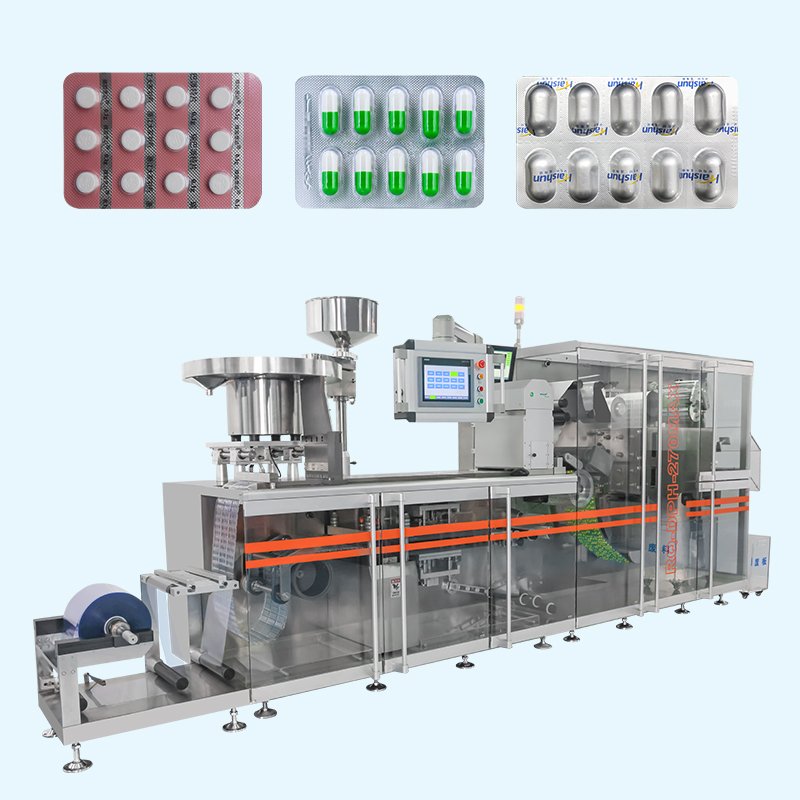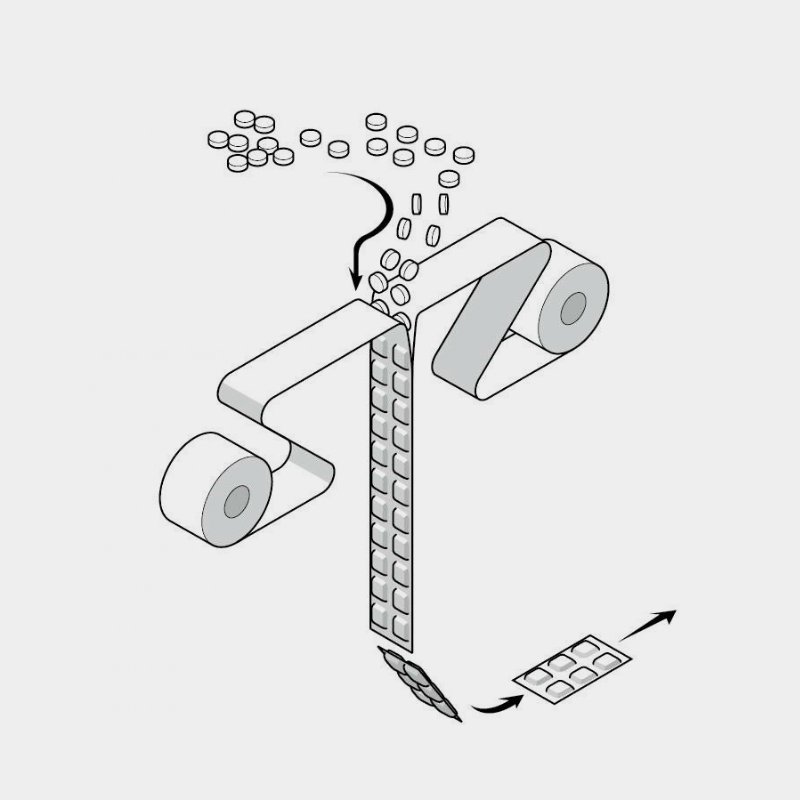Medical packaging machines, just like automobiles, require regular and periodic maintenance to ensure optimal production and overall equipment efficiency. Proper maintenance of packaging equipment is also critical to minimizing downtime and keeping costs low.
This article will discuss tips on how to best maintain your medicine packaging machine. With the right maintenance strategies such as regular inspections and tests and training from a team of professionals, you can greatly reduce unplanned downtime, lower costs, extend the life of your machines and maximize profits. When these solutions are followed, even companies with minimal maintenance staff can reap these benefits and optimize packaging line operations. What follows is a description of how to maintain your packaging machine, including the capsule-filling machinery.
Preventative Maintenance

Source: INSCMagazine
Preventive Maintenance (PM) is regular maintenance performed on your equipment by trained technicians. It is a proactive approach, rather than a reactive one, allowing you to make any necessary repairs before anything serious and expensive happens.
Usually, it’s the little problems that cause the big ones. Worn components such as gears, belts, and chains can stop a machine from grinding. Bolts that have been known to come loose due to machine vibration can damage the line – all of which can be found during preventive maintenance. Preventive maintenance of packaging machines often helps machines avoid component failure, reduces downtime, extends equipment life, prevents excessive wear on parts, ensures safe operation, reduces operating costs, and increases equipment reliability.
Examples of preventive maintenance tasks include machine inspections, regular monitoring and replacement of worn parts, adequate inventory of high-wear parts and tablet press failure. These preventive maintenance activities typically require a higher level of technical training and expertise. So they should only be performed by highly qualified and trained personnel or certified service technicians of the packaging machine manufacturer. There are some suppliers that offer service audits and preventive maintenance programs, so you can try to contact the relevant companies if needed.
Calibration and Testing
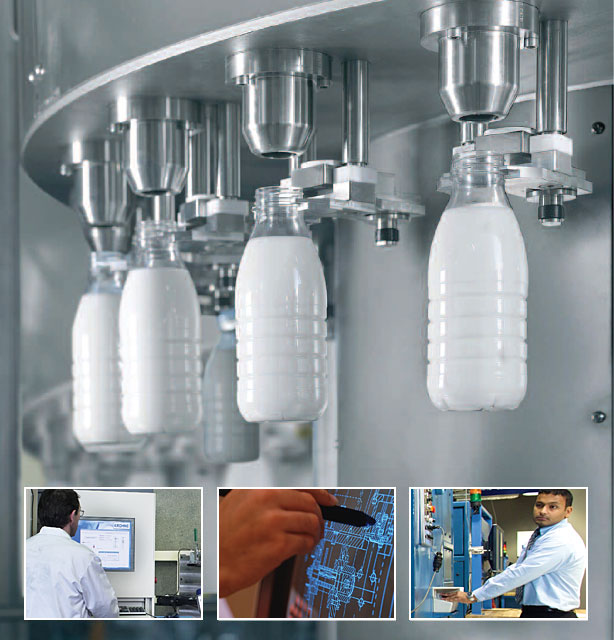
Source: ProStar
The best maintenance strategy is one that combines a preventive maintenance program (as described above) with autonomous maintenance. Autonomous maintenance tasks focus on calibration and testing procedures performed by the machine operator.
In these environments, operators are trained to understand the mechanism of the machines they are running, so they can perform basic calibration and testing tasks to maintain the equipment. By doing so, they can help the company, especially the maintenance team, diagnose performance problems. Operators are always working with the machines, so if anything changes, they can identify problems long before regular maintenance visits.
Operators have a list of tasks for which they are responsible. Typically, these tasks must be performed weekly, monthly, or annually. They are trained to perform a variety of calibration and testing tasks with simple visual cues. While these calibration and testing tasks are usually simple, they can avoid the need for larger, more time-consuming maintenance. In addition, operators are often able to identify problems before the problem gets out of hand. With those efforts, the benefits from calibration and testing will include reducing time, less involvement, and lower maintenance or repairing costs.
Emergency Maintenance and Repair
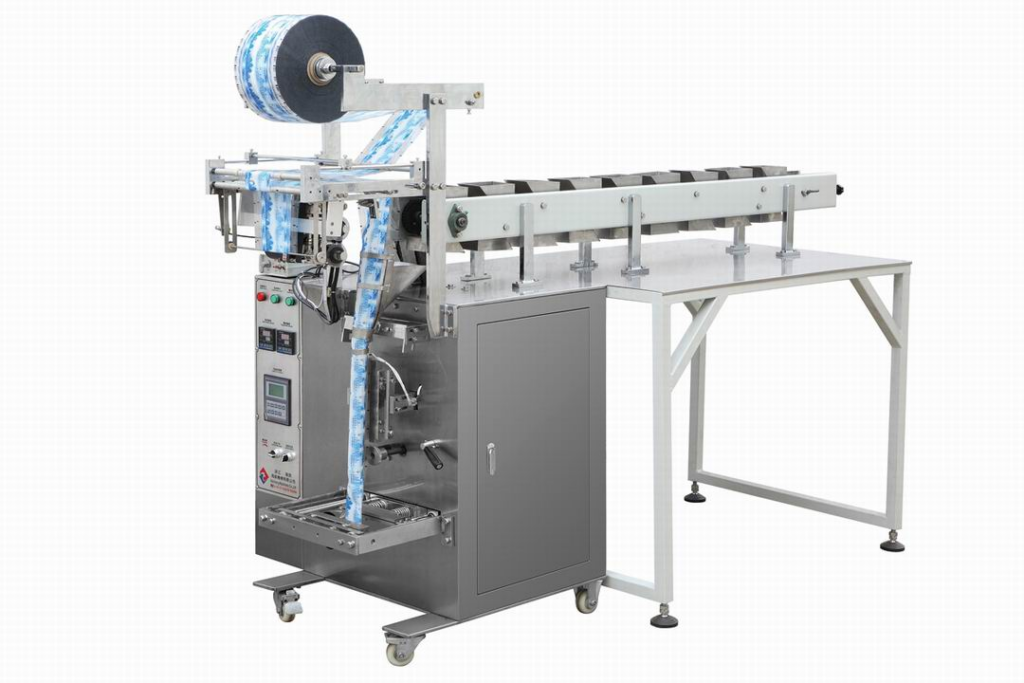
Source: Made in China
In addition to the routine maintenance required during and after the work of packaging machines, operators also need to be ready to deal with various emergencies at all times. The probability of machine failure is accidental and sometimes unpredictable in nature, so handling emergency situations is also an important part of maintenance work.
Routine maintenance is carried out on a daily basis and tends to focus on lubrication, tightening, and inspection of all relevant components and cleaning. However, emergency situations are handled on a post-failure basis and tend to focus on troubleshooting and replacing parts, especially checking the engine, clutch, transmission, gearbox components, steering, and brake components.
The focus of emergency maintenance and repair is on fault detection, adjustment, elimination of hidden problems, and balancing the wear and tear of the components. It is necessary to perform diagnostic tests and condition checks on components that affect the performance of the equipment and those with signs of failure. And then complete the necessary troubleshooting and parts replacement, and other work.
Staff Training and Education
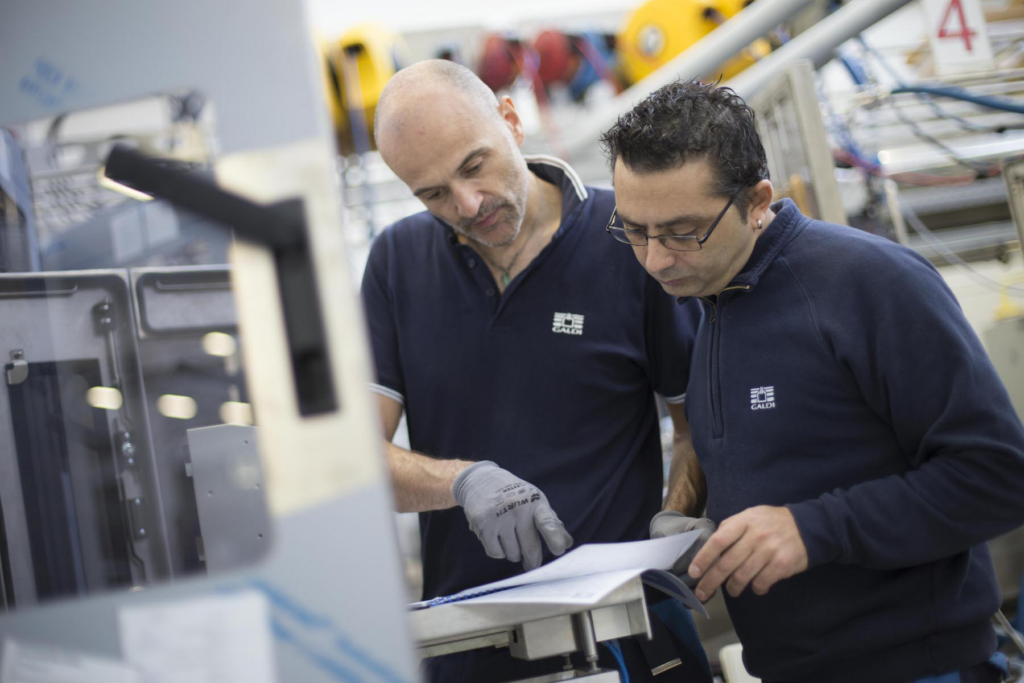
Source: Galdit.T
Machines are a vital part of the production process, but employees are also an essential part. In the maintenance measures mentioned above, it is easy to see that every task requires the participation of employees. With this in mind, training a team of professionals can effectively help a company solve problems and improve operational efficiency. After all, if employees have less expertise, some machine failures cannot be noticed or adjusted.
Developing a professional team can start with in-house training. For example, the company can teach staff some unique features of their own equipment and explain in detail the relevant failure points. More importantly, solutions must be imparted during training. If the number of people in the company is large and training is difficult, it is also a good idea to work with professional equipment vendors to teach them. This type of training will help employees to understand the performance of the machine more deeply.
Operators are the first line of reporting machine warning signs. They operate the machine daily and know when problems are occurring on a particular machine. Proactive machine operators should be able to hear when a bearing starts to wear, or a roller starts to come out of a circle, which starts to negatively affect the machine’s output. Training them in depth on the machine can help them provide these extremely important details to service technicians, thereby simplifying repairs and maintenance. A well-trained staff is also safer operators.
Documentation and Record-Keeping

Source: TNLT
Documenting each maintenance and repair will prove that the medicine packaging machine was repaired according to professional recommendations. Having a complete history of your machine will also help you know what was completed and when it was finished. Record the service, history, and run-time information of your equipment to help you accomplish effective equipment management.
Daily logs and histories include checklists and maintenance logs that document all inspections and repairs. Track performance data before and after tune-ups, and whether any maintenance tasks were performed. Doing all these will help you to be able to make more informed operational decisions based on actual measurements rather than guesswork.
Conclusion
Taking advantage of pre-planned preventive maintenance and autonomous maintenance strategies at the operator and other levels will keep your production and packaging lines on the leading edge of equipment performance.
In addition, for some pharmaceutical products that require medicine secondary packaging, then medicine secondary packaging machine repair may also be more complex. In such cases, relying on world-class equipment manufacturers for service and support is also a key component of a maintenance strategy. An efficient maintenance strategy can help you avoid unplanned, costly repairs, increase planned maintenance rather than unplanned maintenance, maximize equipment availability, and improve your ability to accurately forecast production capacity and maintenance budgets.
Moreover, the benefits of pairing the autonomous maintenance and the preventive maintenance strategy also enable more accurate forecasting of production capacity and maintenance budgets.
